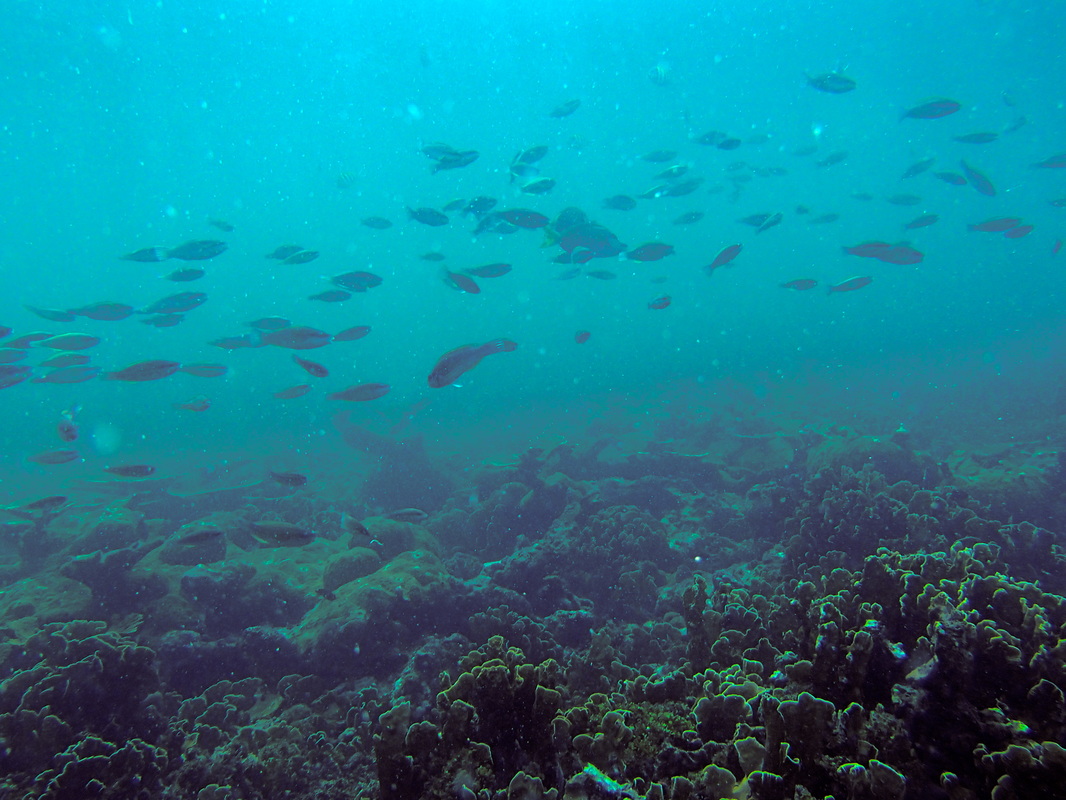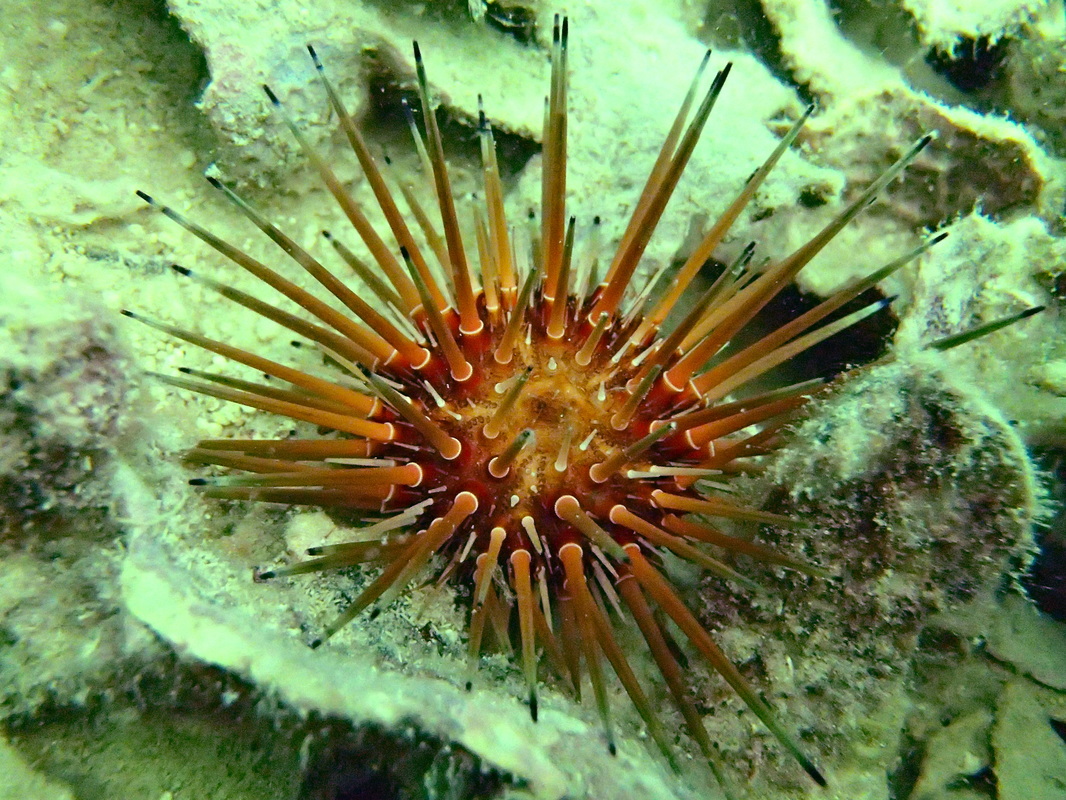Reef Resilience
|
Resilience of reef invertebrate biodiversity to coral mortality Despite the widely recognized role of foundation species in enhancing local species diversity, the impacts of foundation species degradation on overall patterns of biodiversity remain difficult to predict because of our limited knowledge of mechanistic relationships between foundation species and community composition. In many systems such as oyster beds, grasslands, and coral reefs, foundation species can continue to provide structurally complex habitats even after their death, which begs the question: How dependent are associated biological communities on the biological versus physical nature of foundation species? In this project, we examined the resilience of invertebrate abundance and biodiversity on reefs following a recent coral mass mortality event on the Caribbean coast of Panama. Our surveys revealed that dead coral habitats support invertebrate assemblages that can be more diverse and abundant than live coral habitats and that coral habitat (whether live or dead) in turn supports higher diversity and abundance than structurally simple sand areas without coral. By experimentally testing mechanisms of reef habitat suitability for invertebrate colonization by manipulating coral mortality and structural complexity, we demonstrated that the abundance and species richness of mobile invertebrates were significantly affected by substrate complexity rather than whether coral was live or dead. Although we detected shifts in species identity between live and dead coral and the ability of degraded coral reefs to sustain invertebrate assemblages is unlikely to persist if declines in reef complexity outpace recovery of living corals to the reef, our findings suggest that the biodiversity-sustaining function of reefs has the potential to persist following coral disturbance at the scale of entire reefs and that some metrics of community structure are therefore resilient to events of foundation species mortality. This paper is led by: Hannah Nelson (me) and co-authored by Caitlin Kuempel (UQ) and Andrew Altieri (STRI). This work was conducted at the Smithsonian Tropical Research Institute (STRI) in Bocas del Toro, Panama. Download the full paper for free here. Check out some media coverage of this work here. |



